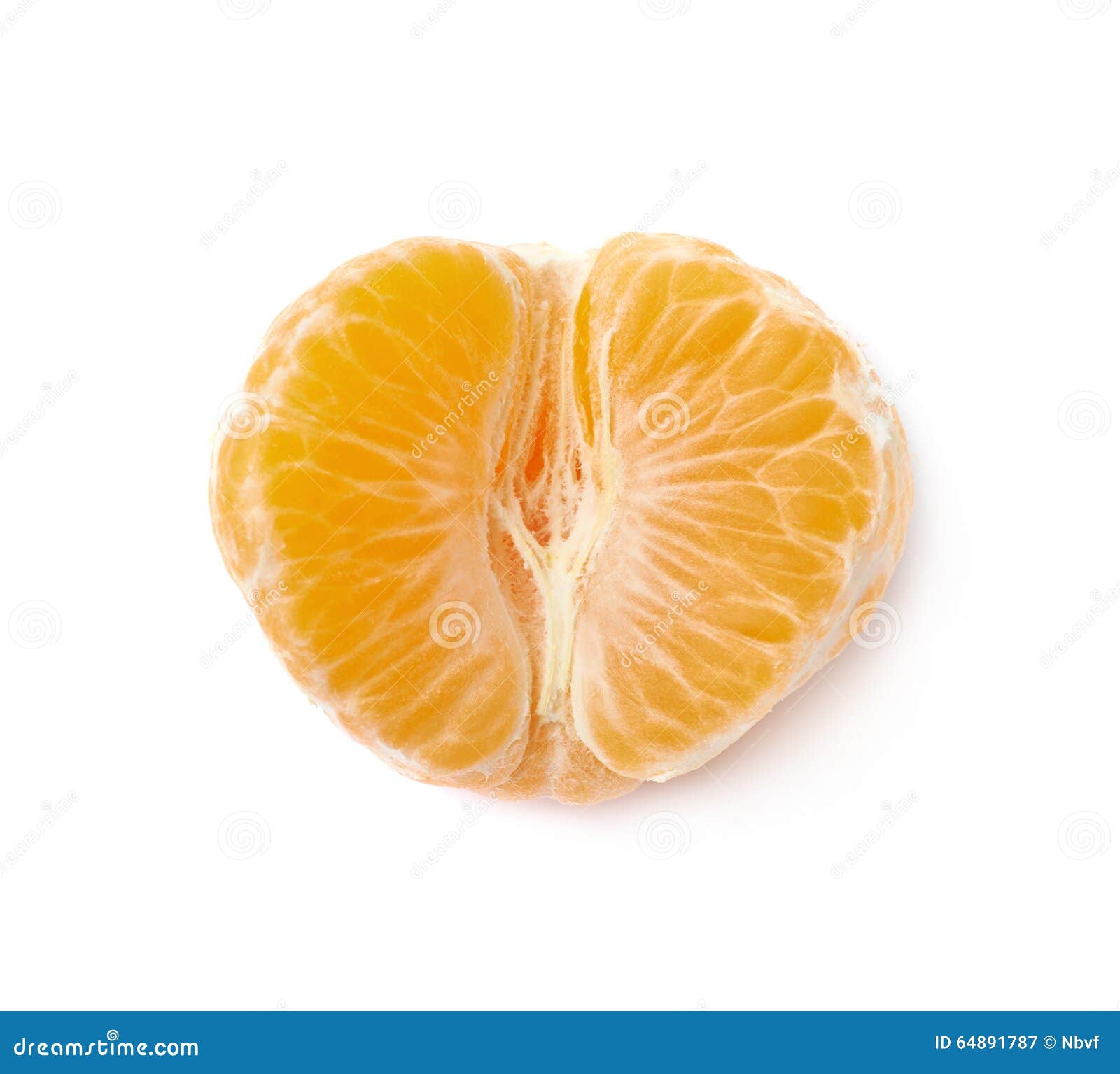

Inside the thick pebbled skin marked with an array of divots, the yellow flesh is reminiscent of both a naval orange and white grapefruit. Believed to be a combination of a Seville orange, grapefruit and tangerine, the yellow and green skinned fruit was found in the wild before becoming a popular Jamaican snack and breakfast favorite. A Jamaican variety of tangelo, the ugli is naturally occurring hybrid before its large-scale cultivation beginning in the early 20 th century. December through February is the best times to consume this fruit. An incredibly juicy and flavorful variety, Minneola tangelos can be substituted for oranges or tangerines in any recipe, for a slightly sweeter result. The most popular and prolific variety of the tangelo is the Minneola, a cross between the Duncan grapefruit and Darcy tangerine. Alternatively known as Honeyballs, tangelos are seedless, easy to peel and have a thick skin similar that of oranges. With an unmistakable sweetness countered by a tart aftertaste (courteous of its grapefruit ancestor), tangelos are the size of a fist and topped by a characteristic knob. A deliciously sweet fruit most often mistaken for an unusually shaped orange, the tangelo is a bright red-orange hybrid of a tangerine and grapefruit. Whether sweet, sour or tangy, these hybrids are uniquely delicious and well worth a try. While the Pluot is a recent innovation from botanist Floyd Zaiger, hybrids like the ugli, are a natural melding of oranges, grapefruits and tangerines. In fact, all species of fruits and vegetables have undergone hybridization within their cultivation. The result of human or natural cross pollination-a swap of pollen from one fruit flower to another-hybridization occur between fruits (or vegetables) of the same species or genus.

The juicy boysenberry is a hybrid (combination of raspberries, loganberries and black berries) as well as the common garden strawberry (a meeting of Virginia strawberry and the Chilean strawberry). Whether we realize it or not hybrid fruits are commonly found in grocery stores and farmer market across the country. But just like the rise of the Meyer lemon (a fellow hybrid) these fruits are poised to become the next can’t-live-without fruit favorites. All are hybrid fruits and most are fruits that consumers have rarely seen. Tangelo, Ugli, Rangpur Fruit, Pluot, and Yuzu. This allows it to be successfully grown outdoors across the southern U.S., up the Pacific Coast through Washington, and up the Atlantic Coast to the Carolinas.What’s a Tangelo? A Yuzu? Or a Pluot? The answer- a hybrid fruit that’s wonderfully delicious and worth a try. This plant has the best cold hardiness of any citrus species, surviving temperatures down to zero degrees Fahrenheit. Some interesting recipes to try with yuzu include beef shabu-shabu, Modern Smuggler cocktail, and ponzu sauce. The oil from the skin is also used as a fragrance. Instead, the juice and rind are used in preparing Asian cuisine, including drinks, sauces, and sweets.

The fruit has a mild, lemon taste, though it is not often eaten fresh. Fragrant white flowers lead to unusual, knobby fruits that resemble large, deformed lemons. Visually, the yuzo resembles other small citrus trees. It is a semi-dwarf plant when planted in the garden, but stays under 5 feet when planted in a pot, which is common. It is usually considered to be a naturally occurring hybrid from China it is sometimes categorized as C. The yuzu is an upright shrub or small tree with pronounced thorns. Here are 16 common citrus fruit trees for the garden. Keep the plants outdoors on a deck or patio during the warm season, then move them indoors to a bright location during the colder months. The potting soil needs to be well-drained and kept uniformly moist. While most citrus trees are good garden plants in the warm USDA zones 9 to 11, gardeners in cooler zones can also grow them by potting them in large containers and keeping them well pruned to maintain a manageable size. A great many popular market fruits are derived from crossing native citrus species. The various citrus species will readily cross with one another to form hybrids. But some can tolerate a little shade, and some are a bit hardier than others.
#Half orange half tangerine full#
Most citrus plants grow best in full sun and in USDA plant hardiness zones 9 through 11. The fruits, which are modified berries called hesperidia, come in all shapes, sizes, and colors. However, there are many different kinds of citrus fruits in the Citrus genus. When most people think of citrus, the usual varieties first come to mind: lemons, limes, oranges, and grapefruits.


 0 kommentar(er)
0 kommentar(er)
